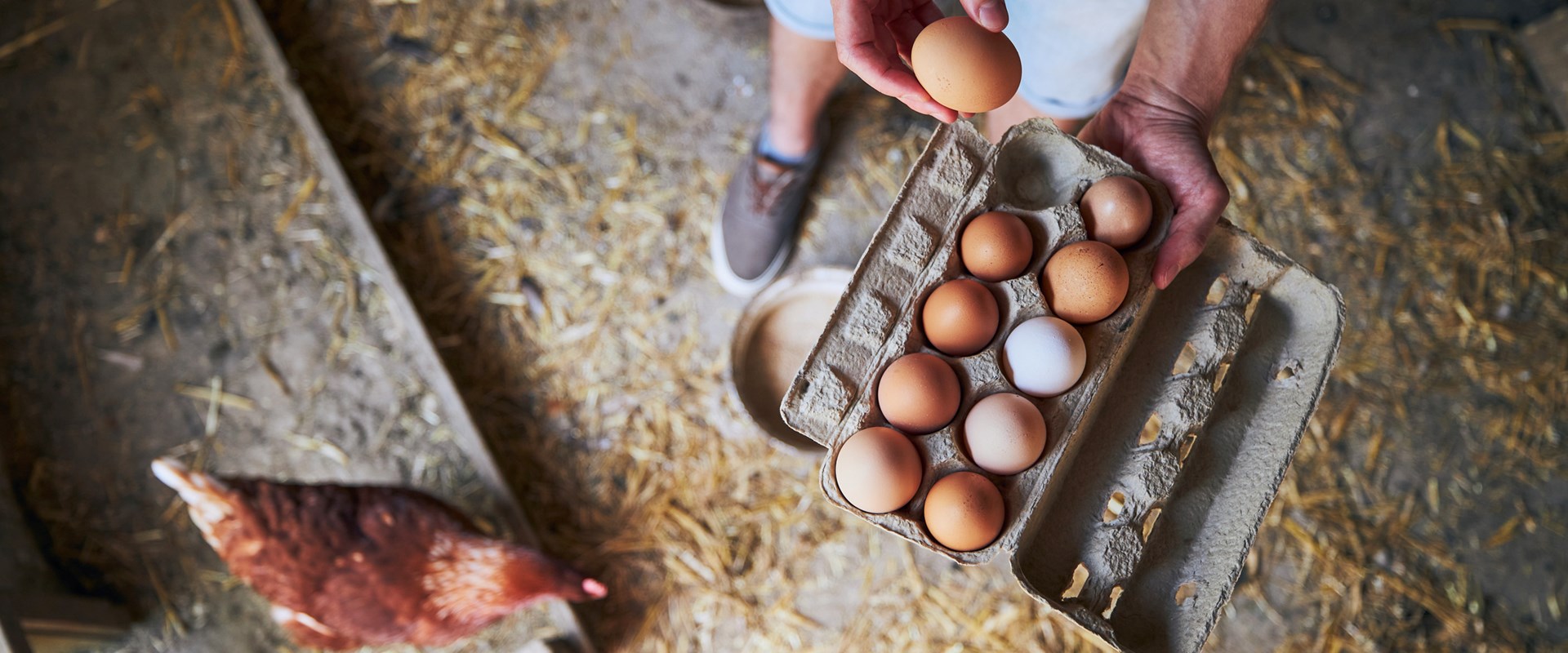Eggs are serious business, with 12.6 billion eaten each year in the UK (or 188 per capita), and meeting this demand requires the efforts of over 39 million commercial hens.
However, the egg industry has a problem. Obvious though it may sound, male chickens do not lay eggs, and half the eggs that hatch are male. Trained specialists identify day old chicks and, as cockerels from laying breeds are unprofitable for meat production, cull them. This is an inefficient practice, doubling incubation costs in an industry where thin margins have already resulted in shortages. The culling of day-old chicks has also become a political issue, with Germany and France voting to introduce bans in 2022, with pressure mounting for the EU to follow.
The rewards for those who solve this problem are potentially huge.
In addition to the profitability of the technology itself, the Egg Tech Prize offers a $6 million prize to those who develop scalable technologies to sex chicks before they hatch. The prize as of yet remains unclaimed, but not for want of trying.
HOW CAN INNOVATION HELP THE EGG INDUSTRY BECOME MORE PRODUCTIVE?
Fortunately, molecular methods have been developed which make a tiny hole in the egg’s shell, extract a sample of “allantoic fluid” from inside, and analyse this for tell-tale signs of sex. Seleggt detects levels of the female hormone estrone sulphate in much the same way as a pregnancy test, whilst Dutch company In Ovo employ mass spectrometry to detect a compound characteristic of male chicks. Genetic approaches are also possible, such as German PLANTegg who genetically determine sex using a PCR test. An advantage of this approach is that, through PCR amplification, reliable detection is possible from a very small sample.
All three of these companies proudly highlight their use of proprietary biomarkers, and these are prime subject-matter for protection through patents.
It is possible that other biomarkers exist, however any innovators in this field would be wise to consider freedom to operate as part of their due diligence, as this could have serious consequences for their ability to commercialise their technology. However, useful IP exists beyond these markers, including in machines used for sampling and handling the eggs, which could provide valuable leverage or an opportunity to pivot to a B2B business model.
By developing a robust IP portfolio covering all aspects of the inventive activities, innovators will be able to maximise their opportunities for forming a profitable business.
One drawback of these technologies is that they are invasive - the eggshell must be penetrated which risks infection and requires specialist equipment more suited to the laboratory than the farm.
Whilst effective, these physical methods are not all they are cracked up to be, and Israeli firm eggXYt offer a biotechnical solution. Their approach incorporates a fluorescent protein reporter into the chicken sex chromosomes which, as eggshells are translucent, allows the excitation and detection of the reporter without breaking the egg.
Advantageously, if the reporter is introduced into the male-determining chromosome, then the female laying stock are not genetically modified, meaning their eggs are identical to those we eat today. The male eggs can then be used for non-food purposes, such as cosmetics and vaccine production, where the presence of transgenic material is less of a concern not a concern.
Another Israeli company, Poultry by Huminn use a similar approach but, instead of a reporter, the chromosome is modified to encode two proteins which, in the presence of blue light, form a functional complex that arrests embryonic development through expression of a lethality gene. Alternatively, eggs can be incubated without blue light in order to build up breeding stocks. The “Golda” hens resulting from this process have been confirmed as non-GMO by the US FDA and European Food Safety Authority.
This highlights that, with differing regulatory frameworks around the world, and with relatively little guidance on the legal status of gene-edited animals, multiple approaches and mechanisms of action may be viable - until the questions of law are settled, it may not pay to put all the eggs in one proverbial basket.
HOW COULD SCIENCE HELP DEVELOP A BRIGHTER FUTURE FOR EGG PRODUCTION?
In the future, biotechnology may provide even more fanciful solutions.
Developments in cellular agriculture and precision fermentation could allow us to dispense with the chicken altogether and grow eggs directly in culture but, until then, perhaps gene editing can be used to ensure only female-chromosomal sperm are viable so that males are not conceived in the first place?
Alternatively, as sex reversal in birds and closely-related reptiles is well known, it may even be possible to develop ways of inducing “sex-change” so genetically male embryos grow into phenotypically female egg-layers.
One day, the gene editing technology developed in hens may even be applicable to non-avian species, allowing the control of sex makeup in beef and dairy herds. Providing IP exclusivity over this divestment may prove challenging if innovators do not adopt a savvy and future-looking outlook, but those who do will find their position hard to beat.
Andrew Tindall is a senior associate in Potter Clarkson’s biotech team and a specialist in food and agritech. If you would like to discuss how best to maximise the value (and impact) of any foodtech or agritech inventions you are working on, please email Andrew.






